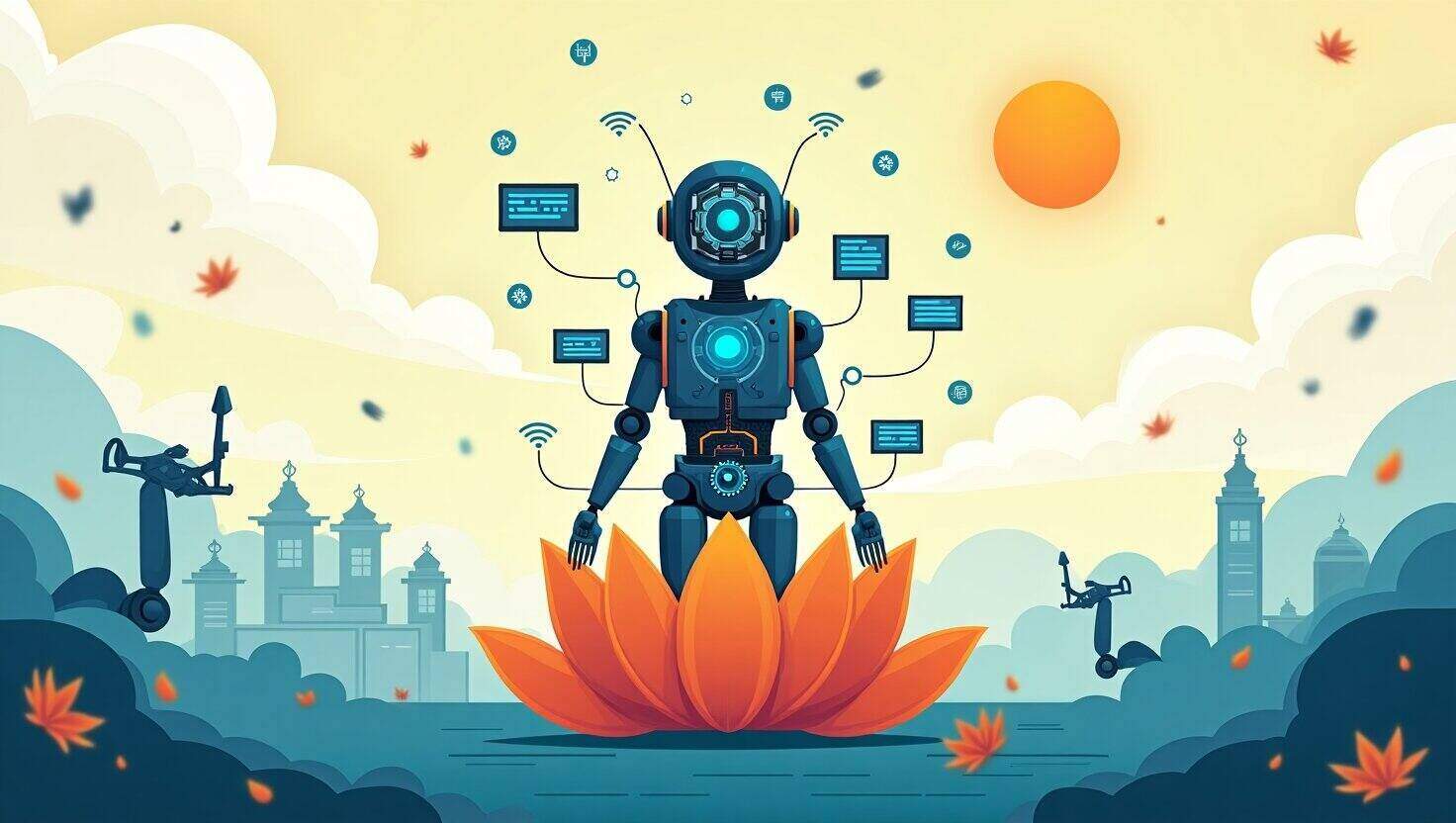How AI and Automation Will Fuel India’s Tech Job Growth by 2027
India stands at the threshold of a major shift in its job market, ushered by the very fast rate of adoption of Artificial Intelligence (AI) and automation technologies. Recent reports project that these new technologies are likely to create around 4.5 million new technology jobs across India within the next three years. This boom has both a prospect and a challenge, requiring collective efforts towards upskilling and reskilling the current workforce.
The Rise in Tech Jobs
In accordance with a report by ServiceNow, AI and automation are likely to generate about 4.7 million new technology jobs for India by 2027. The boom is driven by the growing adoption of AI across industries, which creates demand for positions like application developers, data analysts, and implementation engineers.

The research points out that job adverts calling for ServiceNow platform technical skills have increased by 39% over the last year, with Bengaluru recording the largest demand in the world. The trend points towards the changing tides in the labor market, where skills in newer technologies are highly valued.
The Urgency to Upskill
Although the generation of new employment is a welcome trend, it also highlights the urgent need for reskilling the existing workforce. The same report puts the number of workers in India who will have to be reskilled or upskilled in AI and automation technologies at around 16.2 million by 2027.
This requirement extends across industries such as manufacturing, agriculture, retail, and transport, which are also set to see tremendous change in the form of automation. To illustrate, the manufacturing industry will see its workforce disrupted by a 23% impact, and agriculture, forestry, and fisheries could face a 22% effect.
Asking for help
Since this transition is impossible without the development of skills, the Indian government has initiated missions such as the Skill India Mission. Training programs conducted under such a mission are designed to make the employees skilled enough to survive in a digitally based economy. Moreover, partnerships between the industry players and the government are required in order to provide training programs compatible with the changing needs of the employment industry.
The government’s resolve is also reflected in its investment of ₹10,372 crore in the India AI Mission, which is designed to promote AI innovation through public-private partnerships. These investments are important in creating a strong ecosystem that promotes both technological growth and employment expansion.
Opportunities Across Sectors
The effect of AI and automation is not limited to the technology sector. Other sectors such as retail, education, and healthcare are also set to gain from these technologies. For instance, small enterprises embracing AI and cloud technologies can potentially generate around 46 million jobs by 2030, especially in healthcare, education, and agriculture.
In addition, the retail industry is also expected to drive job growth, demanding another 6.96 million employees by 2028. This increase is an opportunity for professionals to upskill in skills such as software application development and data engineering.
The Role of Educational Institutions
Schools have a crucial role in shaping the workforce of the future. By incorporating courses on AI and automation in their curriculum, they can train students to become proficient in skills that will be required to thrive in the new job market. Collaborations between industry and academia can also help make these education programs more relevant and effective.
Overcoming the Challenges
Even as a bright future unfolds, there are challenges. It is the informal sector, which has a large chunk of India’s workforce, that is most exposed to technological shocks. Without social security and formal work contracts, the workers who lose their jobs may struggle to adjust.
In order to counteract these challenges, specific policies and support systems are necessary. Education and training investments in upskilling and reskilling can help make the transition smoother and minimize the likelihood of job loss.
Conclusion
The incorporation of automation and AI into India’s economy has a twofold narrative of responsibility and opportunity. While the promise of the generation of 4.5 million technology jobs within the next three years is a promise of the potential in the nation, it also highlights the urgency of strategic workforce planning.
At Numone Technologies, we are dedicated to remaining ahead of these trends, exchanging ideas, and contributing to the debate on India’s digital revolution. In this new age, intergovernmental cooperation, industry partnerships, and educational institutions will be the drivers for inclusive and sustainable growth.


Leave a Reply